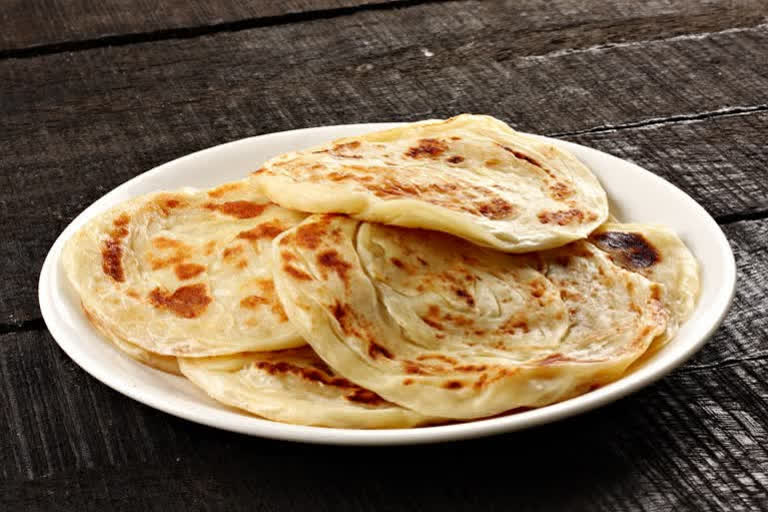New Delhi: Top officials within the Union government have defended the decision to tax frozen Parotas or Malabar Parotas, a south Indian flat bread, similar to the north Indian Paratha, at a higher tax rate of 18% rather than taxing it at 5% which is applicable to chapattis and simple parotas.
The social media erupted with thousands of tweets and posts following a ruling by a special tax court, (the Authority for Advance Ruling in Karnataka), which held that a frozen or preserved Parota and Malabar Parota, which is sold in frozen form and has a shelf life of 3-7 days, should attract 18% GST. While plain Rotis and Parathas, including ready to eat Parotas are taxed at 5%.
“Frozen parota is preserved, sealed packed, branded and is usually sold at higher prices. It is not a staple item and is consumed by the class which could afford to pay taxes,” said a government source while requesting anonymity.
He said even items like cheaper biscuits, pastries and cakes attract 18% GST.
“Frozen food would be more comparable to such items. Frozen foods cannot be comparable to plain roti or plain parota served in restaurants or taken as staple food, or eaten by poor on day-to-day basis,” the person cited above told ETV Bharat.
According to the official sources it was a standard practice worldwide to tax processed or packaged food at a higher rate.
Read more:Why loan moratorium should be completely avoided
The official cited the example of milk, which is tax-free in the country as no GST is levied on the sale of milk, however, milk packed in a tetra-pack attracts 5% GST while condensed milk attracts even higher tax at 12%.
“FMCG companies such as Nestle, Hindustan Lever, Coco Cola, Pepsi etc make significant profits on sale of packaged food items by selling them at higher rates. These items are largely consumed by those who are economically better, that is why such items are taxed at a higher rate world over,” an official source told ETV Bharat.
What is the case of 18% GST over frozen Parotas?
A Bengaluru based company ID Fresh Food India Private Limited, which is engaged in preparation and supply of ready to cook and fresh foods such as idli, dosa, parotas, chapattis, curd and paneer among others, had approached the advance ruling authority in Karnataka to settle the issue whether whole wheat parota and Malabar parota be classified under chapter heading number 1905, attracting 5% GST.
